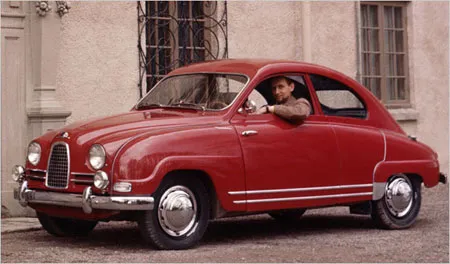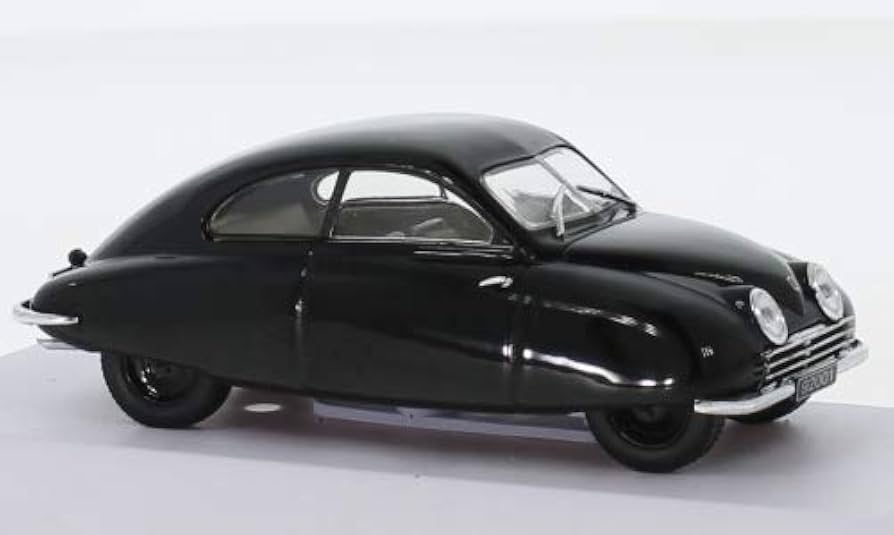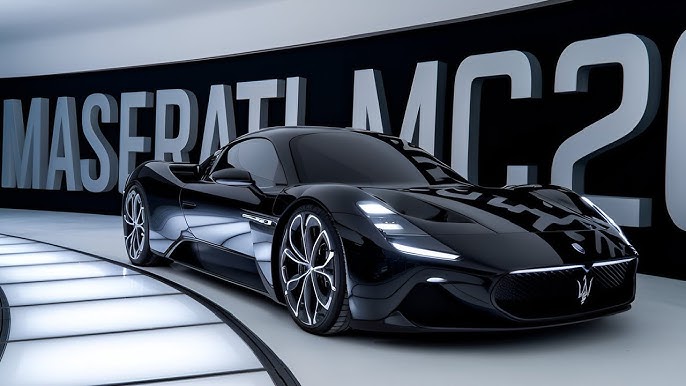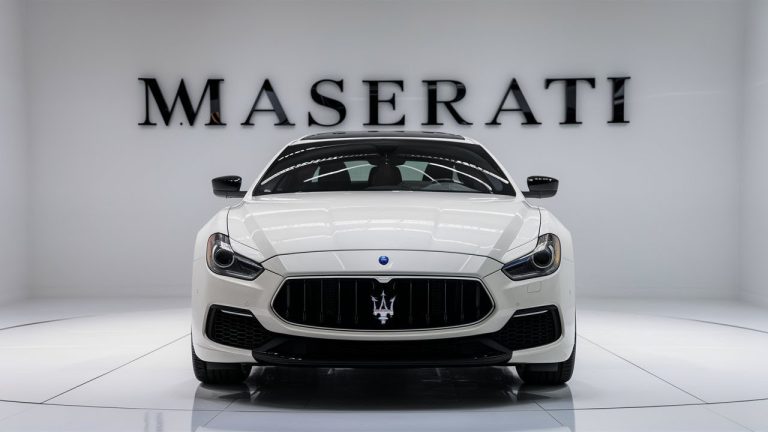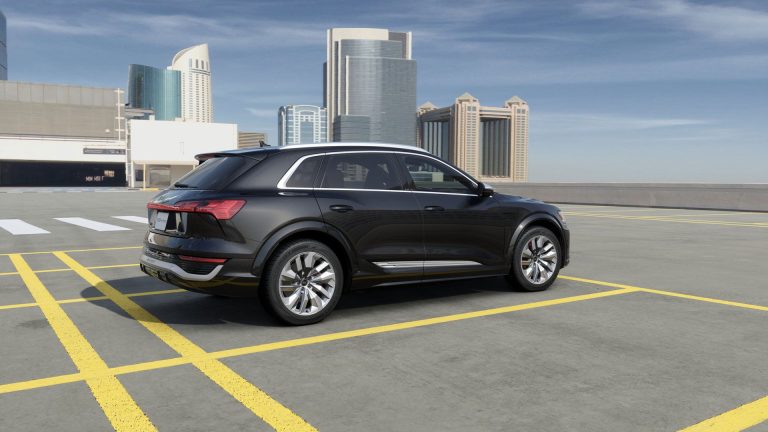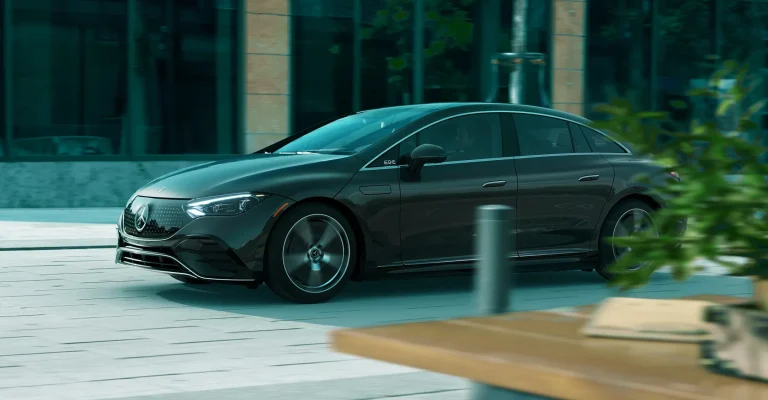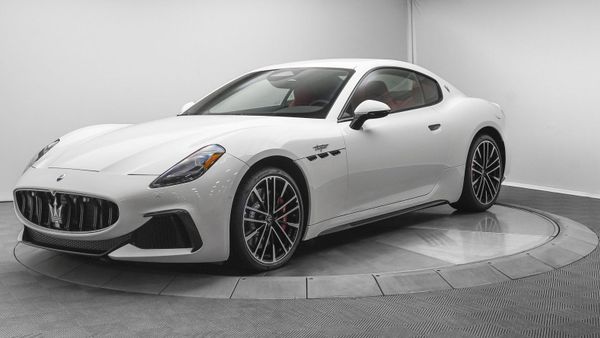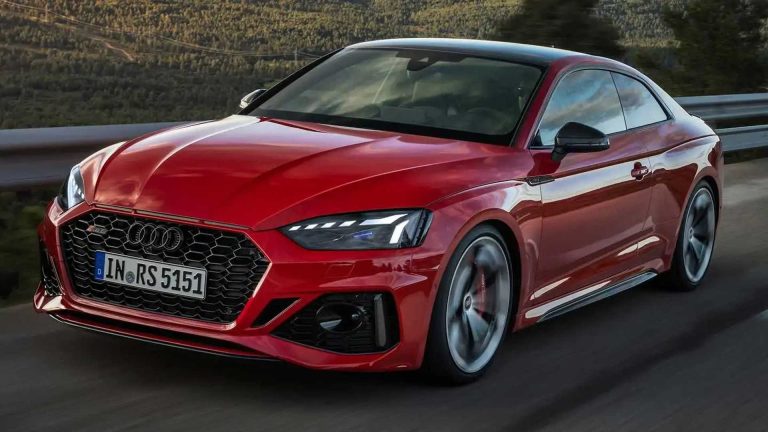SAAB – Svenska Automobile Aktie Bolaget
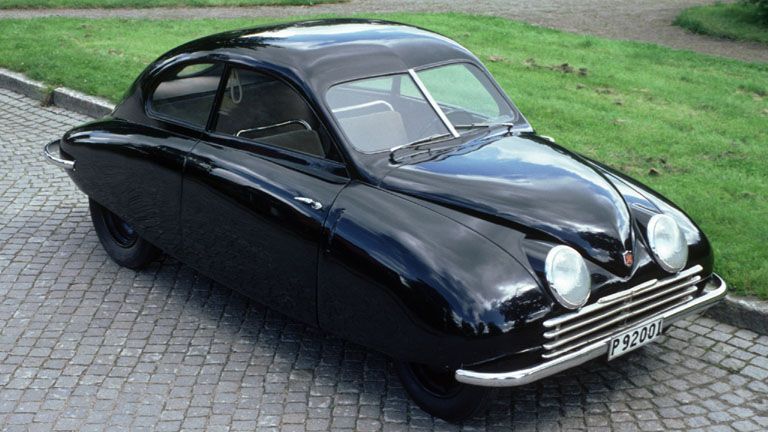
The Legacy of Swedish Innovation and Aerospace Engineering
SAAB (Svenska Aeroplan Aktiebolaget) was one of the most unique and innovative car manufacturers in the world, known for aerospace-inspired technology, safety innovations, and Scandinavian design. Despite its tragic downfall in the 2010s, SAAB remains an icon of engineering excellence and individuality, with a dedicated global fanbase.
But how did SAAB rise to prominence? What innovations set it apart from other automakers? What led to its financial struggles and eventual collapse? In this essay, we will explore SAAB’s history, technological achievements, financial performance, collectible models, and the brand’s lasting influence on the automotive world.
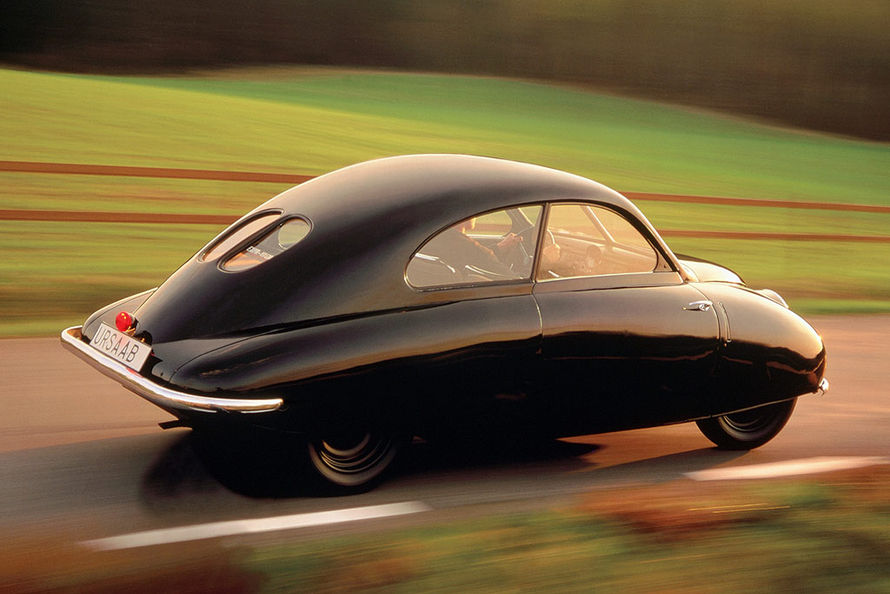
The History and Evolution of SAAB
Founding and Early Years
SAAB was founded in 1937 as an aircraft manufacturer for the Swedish Air Force. After World War II, the company diversified into automobile production, launching its first car, the SAAB 92, in 1949.
With its aerodynamic design, advanced safety features, and front-wheel drive, SAAB quickly gained a reputation for building practical yet sporty vehicles.
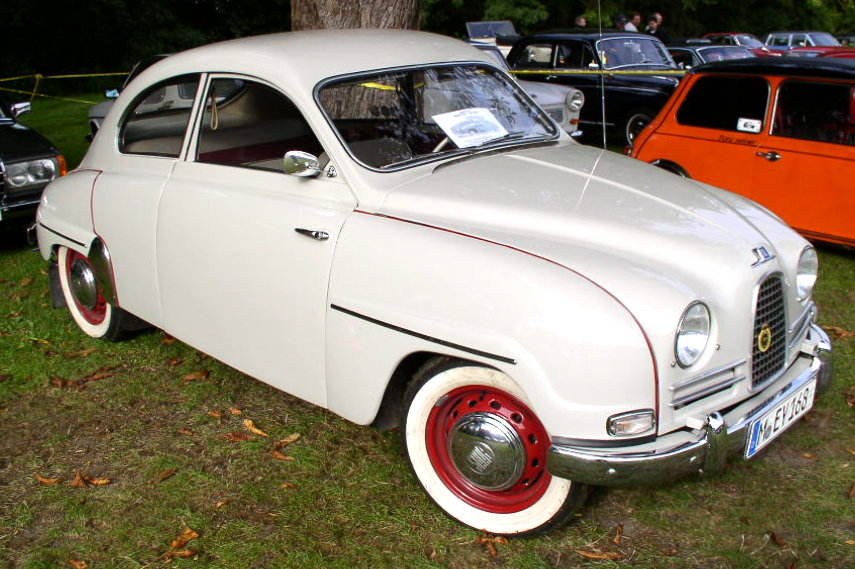
Post-War Expansion and Global Recognition
Throughout the 1950s-1990s, SAAB solidified itself as a pioneer in turbocharging and safety innovations with legendary models like:
- SAAB 96 (1960-1980) – A rally-winning compact car that put SAAB on the motorsports map.
- SAAB 99 (1968-1984) – The first SAAB to feature turbocharging, a game-changing innovation.
- SAAB 900 (1978-1998) – A cult classic known for its wraparound windshield and iconic design.
- SAAB 9000 (1984-1998) – A luxury sedan that competed with BMW and Mercedes-Benz.
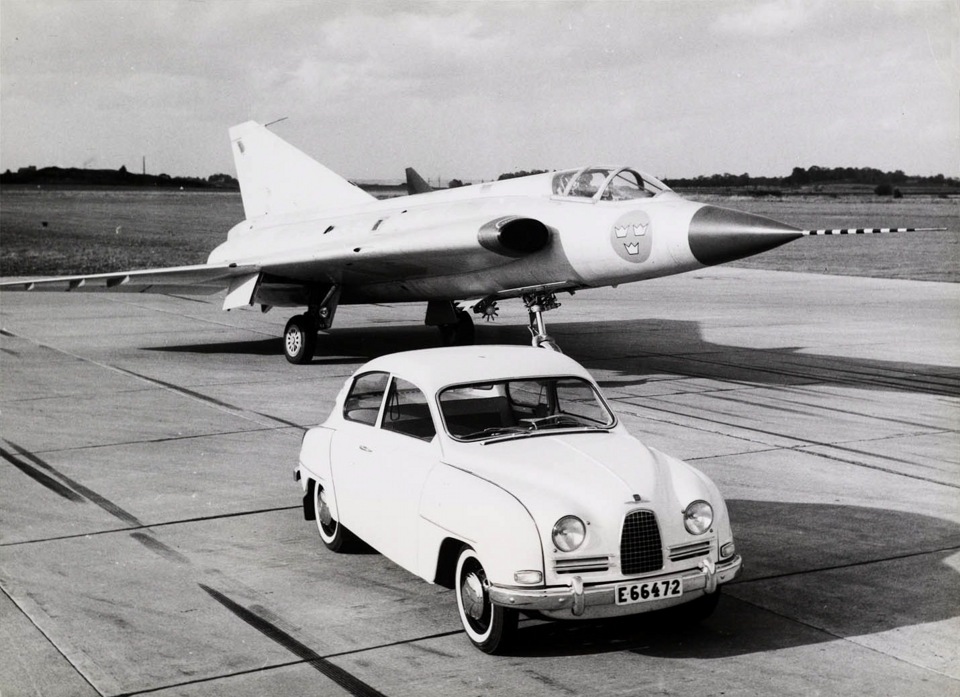
The GM Era and Decline
In 1990, General Motors (GM) acquired 50% of SAAB, later buying full control in 2000. While SAAB continued to produce innovative cars like the 9-3 and 9-5, GM’s cost-cutting measures and badge-engineering strategy hurt SAAB’s brand identity.
By 2010, GM sold SAAB to Spyker Cars, but the company declared bankruptcy in 2011, marking the end of SAAB as a car manufacturer.
Despite its financial troubles, SAAB’s technological legacy and cult following remain strong today.
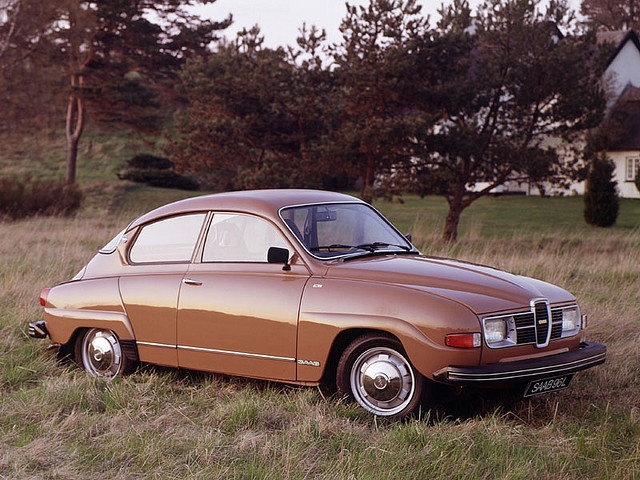
Technological Achievements and Innovations
SAAB was one of the most technologically advanced car brands, pioneering many industry-first innovations:
- Turbocharging – SAAB popularized turbo engines in consumer vehicles with the SAAB 99 Turbo (1978).
- Active Safety Features – SAAB introduced headlight washers, impact-absorbing bumpers, and anti-whiplash seats before they became industry standards.
- Aerospace Influence – Features like cockpit-style dashboards, wraparound windshields, and head-up displays came directly from SAAB’s aircraft engineering.
- Night Panel – A unique dashboard blackout feature that reduced distractions for nighttime driving.
- First to Offer Heated Seats (1971) – A game-changer for winter driving, widely adopted in modern luxury cars.
- SAAB Black Panel Technology – The predecessor to modern digital instrument clusters.
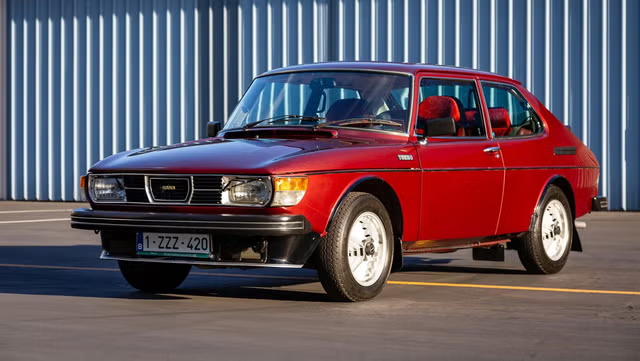
Even today, SAAB’s innovations influence modern automotive engineering.
Modern Models and Recent Launch Attempts
The Last SAAB Models
Before SAAB’s collapse, the brand released:
- SAAB 9-5 (2010-2012) – A luxurious and advanced sedan competing with BMW 5 Series.
- SAAB 9-4X (2011) – A short-lived premium SUV based on the Cadillac SRX.
- SAAB 9-3 ePower (Prototype, 2010) – An electric concept ahead of its time.
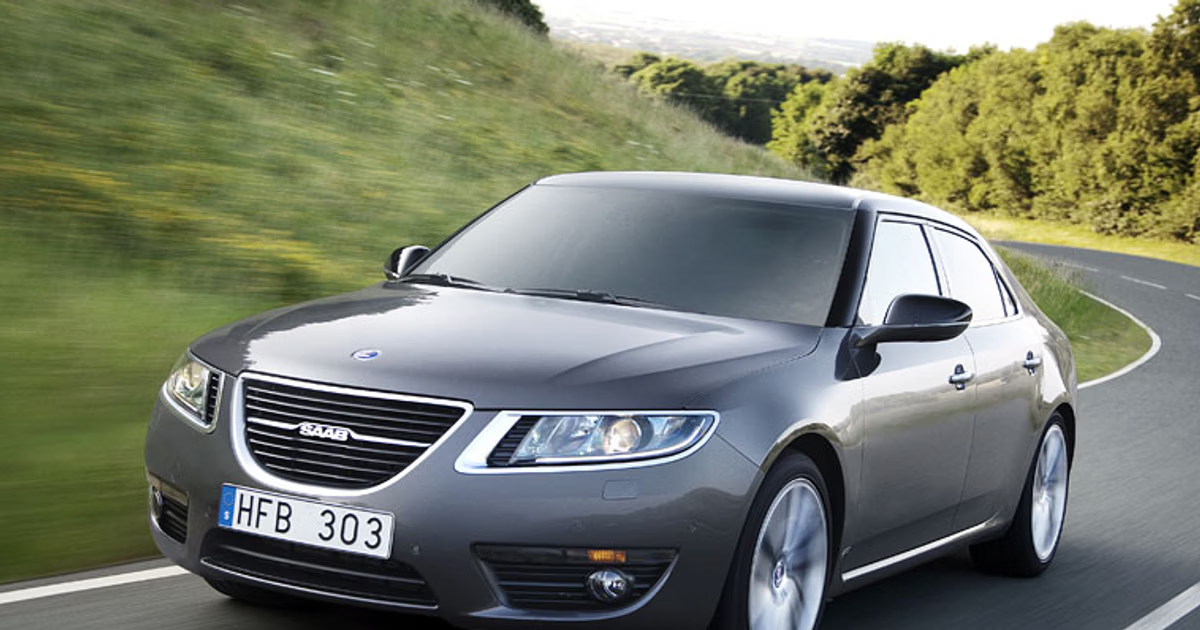
NEVS and the Attempted SAAB Revival
After SAAB’s bankruptcy, National Electric Vehicle Sweden (NEVS) acquired its assets and attempted to revive the brand with:
- NEVS 9-3 EV (2017) – An electric version of the classic SAAB 9-3, but only produced in small numbers.
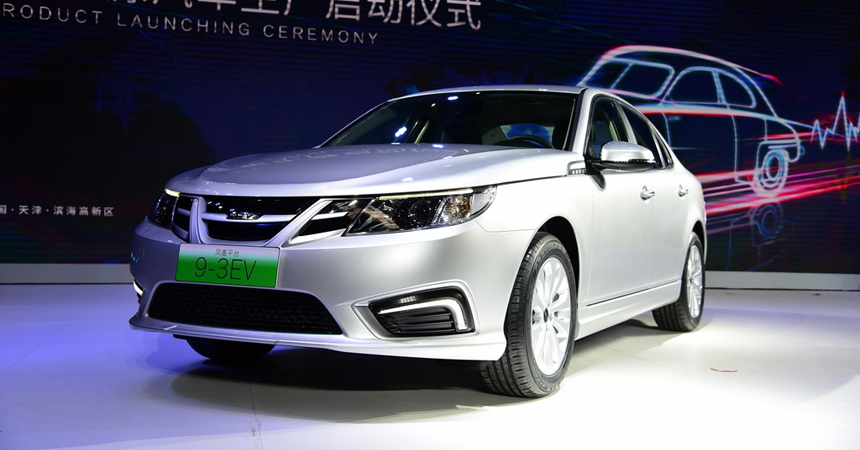
Unfortunately, SAAB’s automotive legacy ended with NEVS abandoning production in 2021.
Financial Performance and Market Struggles
SAAB faced significant financial challenges throughout its history:
- 1990s: Struggled with profitability despite strong fan loyalty.
- 2000s: GM’s mismanagement led to declining sales and outdated models.
- 2010: SAAB produced just 31,696 cars, compared to BMW’s 1.5 million units.
- 2011: Declared bankruptcy due to lack of funding and sales.
Despite its engineering brilliance, SAAB failed to compete with larger, financially stable luxury brands.
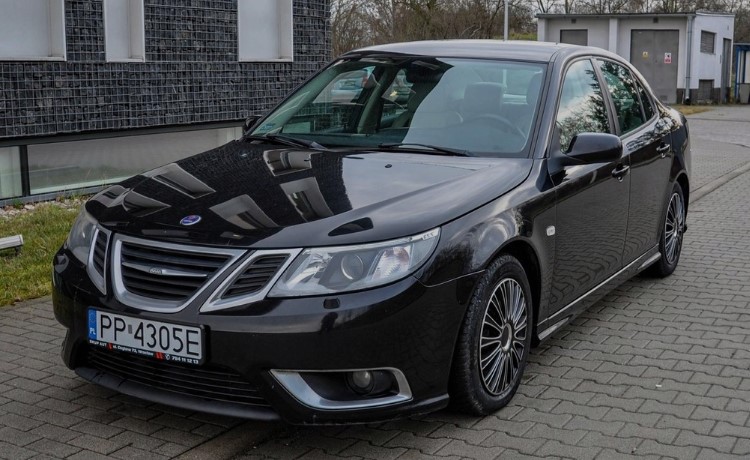
The Most Expensive and Collectible SAAB Models
Most Expensive SAAB Cars
- SAAB 9-5 Aero Turbo6 XWD (2012) – The last SAAB model, now valued at $50,000+ among collectors.
- SAAB 9-3 Viggen (1999-2002) – A high-performance SAAB, worth up to $40,000 today.
Classic SAAB Collector Cars
- SAAB 92 (1949-1956) – The first SAAB car, highly collectible, valued at $100,000+.
- SAAB 900 Turbo SPG (1985-1993) – One of the most iconic turbocharged SAABs, selling for $35,000+.
- SAAB Sonett III (1970-1974) – A unique fiberglass sports car, with values exceeding $30,000.
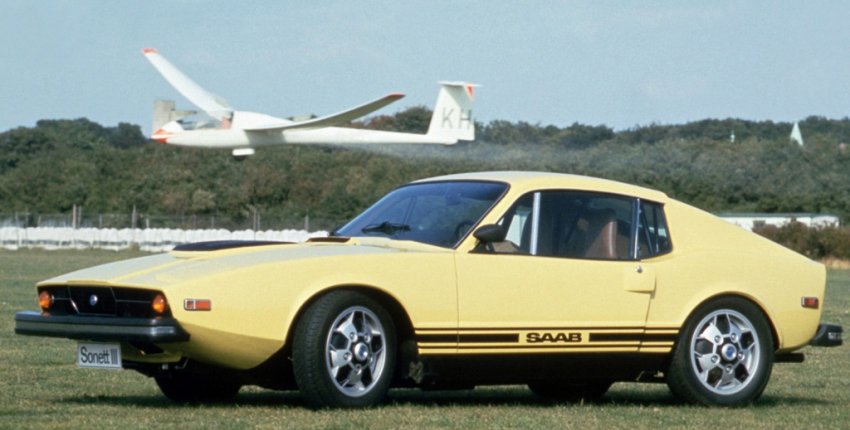
Due to its cult following and unique designs, SAAB’s rare models continue to appreciate in value.
Famous SAAB Owners
SAAB has attracted a mix of intellectuals, artists, and innovators who appreciated its quirky yet brilliant engineering. Some famous SAAB owners include:
- Steve Jobs – The Apple co-founder drove a SAAB 900 in the 1980s.
- Jay Leno – Owns a rare SAAB 96 two-stroke.
- Valentino Rossi – The legendary MotoGP racer owned a SAAB 9-3 Aero.
- Prince Carl Philip of Sweden – A loyal SAAB enthusiast.
- David Bowie – The rock legend drove a SAAB 900 Turbo.
SAAB’s intelligent and unconventional image attracted visionaries and creative minds.
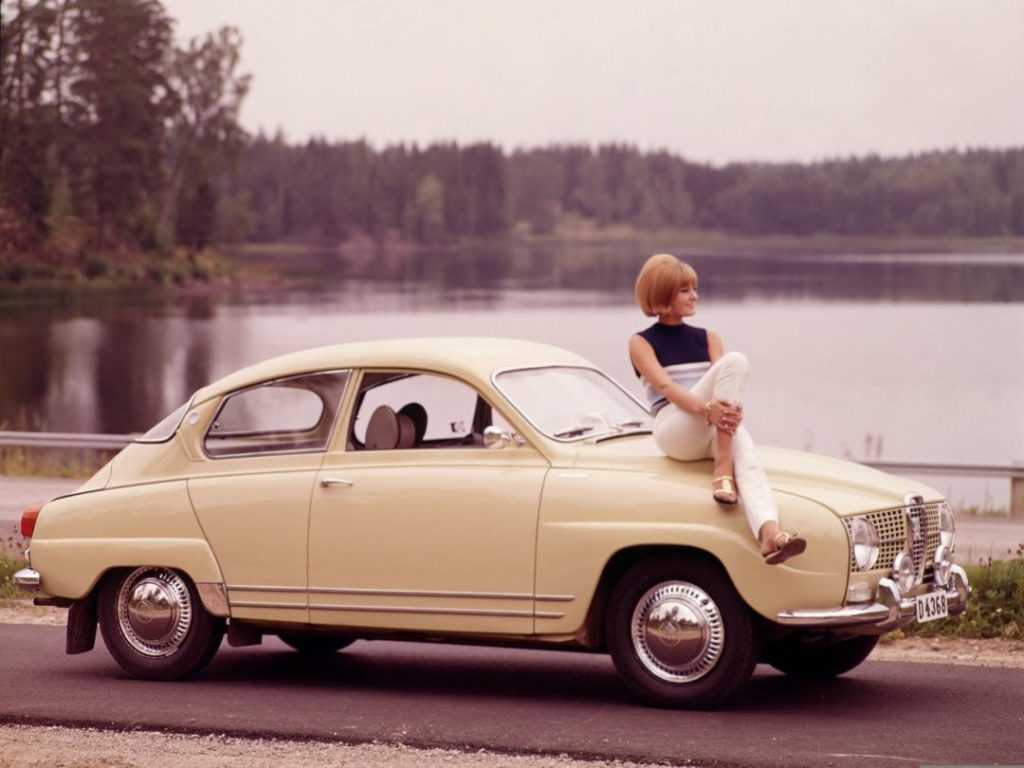
Conclusion
SAAB was more than just a car company—it was a symbol of Swedish engineering, safety, and innovation. Despite its financial downfall, SAAB left an indelible mark on the automotive industry, influencing turbocharging, aerodynamics, and safety technology.
Though the brand no longer produces cars, its legacy lives on in its passionate fanbase, classic models, and industry-shaping innovations. For many, SAAB remains a legend of individuality and technological brilliance, proving that true innovation never fades.
